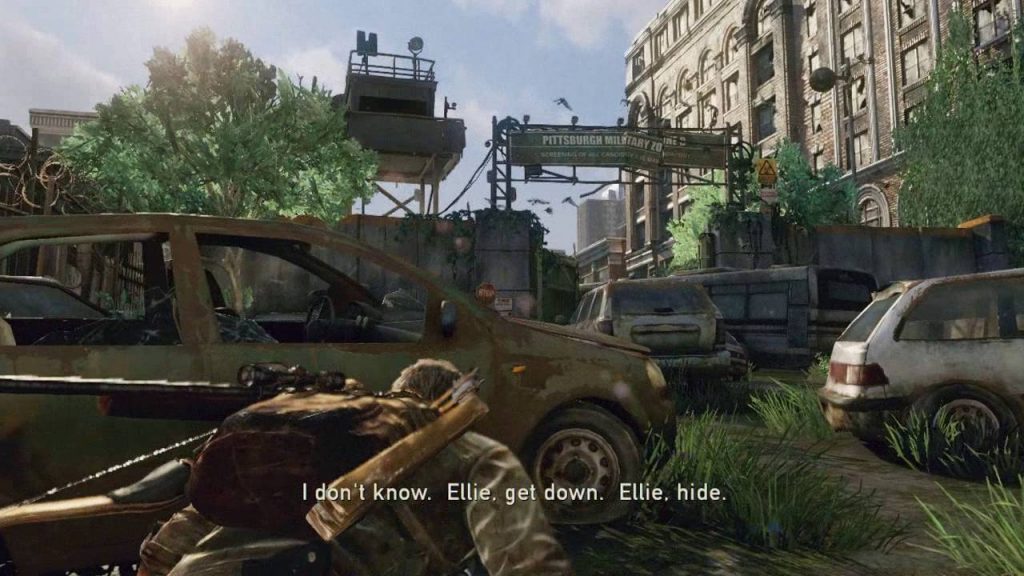The rumour mill is currently abuzz with potential news about Sony’s next console. An interview given to Wired by PS5 lead architect Mark Cerny has the gaming press wondering what the console will look like and, more crucially, when it will be released. It’s an exciting time to be a Sony fan. As the future comes, though, we must also look to the past, both for remembrance and to learn. What did Sony’s previous consoles look like?
We’re still enjoying the high-quality games and hardware offered to us by Sony’s PlayStation 4, but its predecessor is slowly fading into the annals of memory. The PlayStation 3 casts a long shadow over the PS4 – many of its games appear on Sony’s current console in remastered forms, and Sony clearly learned from a couple of their mistakes during the PS4’s launch. Let’s take a look back at the PlayStation 3 and its remarkable lifespan.

The PlayStation 3’s life cycle begins in the year 2000. It’s in this year that Sony Computer Entertainment decides to collaborate with Toshiba and IBM. The three companies are working on a microprocessor called Cell (Cell Broadband Engine Architecture). It’s this work that will lay the foundations for the PlayStation 3, which would eventually end up with Cell architecture powering it. Work on the Cell chip would continue until 2005.
Officially, the PS3 was announced in 2005. Like the PS2, it would have a physical disc drive which would be able to read Blu-ray discs. At that time, opinion was divided on whether the Blu-ray or HD DVD format would win out (the latter being championed by Microsoft’s Xbox 360). Of course, we know now that Blu-ray would prove to be the more popular format, but the addition of a Blu-ray drive to a console was an exciting thing back then.
You might remember the original prototype of the PS3. It was silver and bore the PlayStation 3 logo, which was rendered in Sam Raimi’s Spider-Man font. The original prototype for the DualShock 3 controller was…interesting. It was an oddly-shaped thing; it looked like a boomerang and didn’t seem particularly ergonomic or satisfying to hold for long or short periods of time. Needless to say, it wasn’t long before Sony abandoned that controller in favour of something inspired by the DualShock 2.

The following year, Sony announced that several games would launch with the PlayStation 3, among them Genji: Day of the Blade (which would give rise to the infamous Giant Enemy Crab meme). Both console and controller were extensively redesigned prior to 2006’s E3 presentation. The controller looked much more like the DualShock 2 gamers were used to, and the console was now black instead of silver, sporting four USB ports and an HDMI interface.
Originally, Sony planned to release the console globally in November. Unfortunately, the company had to delay the release of the console by a few months thanks to some production issues revolving around the Blu-ray disc drive in Europe. The PS3 launched in November as planned in Japan and the USA, but in Europe its launch was postponed until March 2007. This severely hampered its launch performance in that continent and arguably gave it a serious handicap in the battle against the Xbox 360.
Two models of the PS3 were initially announced: a 20GB model and a 60GB model. Both models were backwards-compatible with PlayStation 2 games and contained the same Emotion Engine technology inside, allowing players to revisit their extensive back catalogue of PS2 titles. The launch of the PS3 was beset by violence, with some being shot by BB guns and others being held at gunpoint and mugged for their consoles. Obviously, that’s not Sony’s fault, but it demonstrates the demand for the console.
The launch of the PS3 was rocky, but the system did pretty well for itself, managing to ship over 87 million units as of its discontinuation in March 2016 (in most territories; it was discontinued in September 2015 in New Zealand and May 2017 in Japan). That number does include all subsequent PS3 models produced like the Slim and Super Slim models, both of which were revisions of – and iterations on – the original rather bulky design.
The PS3 was the origin point of many of Sony’s current console gaming mainstays. PlayStation Plus debuted on the PS3 in 2010. It was optional – the console could still be played online with no subscription fee – but paying the extra allowed players to download free games and enjoy additional discounts from the PlayStation Store. Sony’s streaming service, PlayStation Now, also saw its debut on the PS3, and it’s now arguably going to be a big part of Sony’s strategy going forward.
All in all, the PS3 was a very important milestone for Sony. It was the company’s first foray into HD gaming, and although it could only output upscaled 720p it still had its fair share of gorgeous games (hello, The Last of Us). The PS3 was the first console with a Blu-ray disc drive, a feature which is now standard in both the PS4 and in Microsoft’s Xbox One. A couple of Sony’s most well-known franchises got started here, including Uncharted and The Last of Us.

We don’t yet know what lessons Sony will take away from the lifespan of the PlayStation 3. Here’s hoping they don’t revisit that awful boomerang controller. The PS5 will be based largely on the architecture of the PS4, so it seems as though Sony won’t be revisiting the PS3 for any inspiration for its newest console. The PS3’s legacy is a vein that runs through all of Sony’s endeavours; multiple hard drive models, new revisions with better cooling systems, and plenty of great-quality exclusives.
This post didnt have a specific author and was published by PS4 Home.

